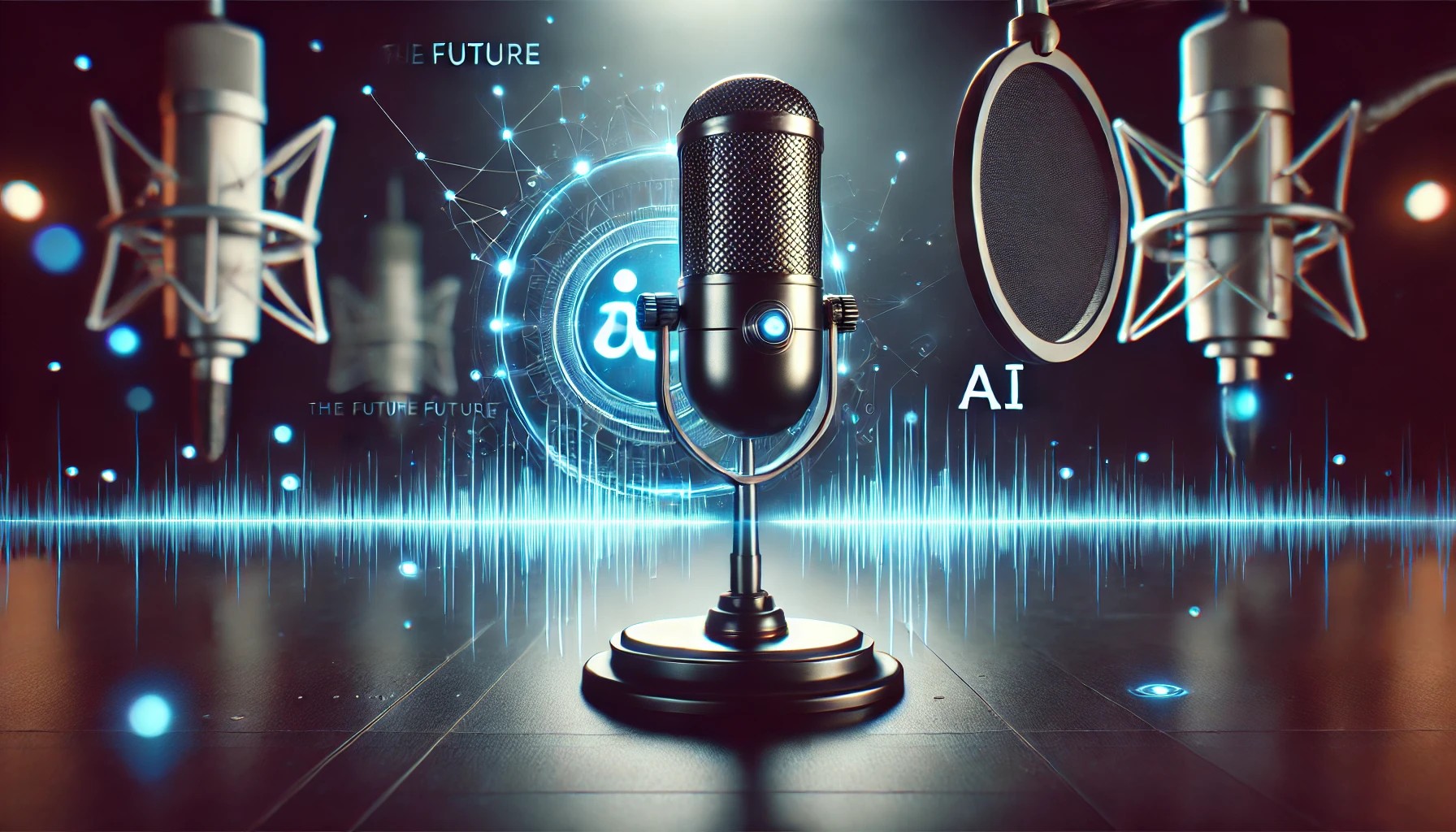As artificial intelligence continues to make strides in various industries, voice acting is one area where the technology’s impact is being increasingly discussed. Hank Azaria, the acclaimed actor behind numerous iconic characters on The Simpsons, recently shared his thoughts on the potential for AI to replace human voice actors. Over his nearly four-decade-long career, Azaria has voiced over 100 characters, including Moe Szyslak, Chief Wiggum, and Comic Book Guy. However, with AI’s growing capabilities, Azaria worries about the future of his craft.
The Emotional Depth Behind Voice Acting
Azaria argues that voice acting is not merely about producing a sound but involves much more: it’s about infusing emotion and human energy into each performance. “A voice is not just a sound,” he explains. “It’s about performance, emotion, and physicality.” As an example, he points to his portrayal of Moe, the permanently disgruntled bartender from The Simpsons, whose character Azaria has voiced for over three decades. He notes that AI may be able to mimic Moe’s voice, but it will never capture the human elements of his performance—the nuances that make Moe’s voice distinctive and memorable.
Azaria emphasizes how much of his physical presence and energy go into creating these voices. For instance, if a character is running, Azaria will physically run in place during recording, and if a character is upset, he might even shed real tears. These physical elements, Azaria believes, contribute to the authenticity of the character’s performance in a way that AI cannot replicate.
AI’s Limitations in Mimicking Human Performance
Although Azaria acknowledges the incredible advances in AI technology, he remains unconvinced that the technology can truly replace the human touch in voice acting. He mentions that AI could potentially generate a voice that sounds similar to his, but something vital will still be missing: the humanness. He argues that AI might never be able to mimic the full emotional range and the small, intimate moments that make a performance real and relatable. The actor’s body language, improvisation, and emotional depth are all integral to delivering a truly compelling voice.
Azaria also highlights the need for spontaneity and natural flow in voice acting. On The Simpsons, improvisation is a crucial part of the process. Characters often interact with each other in ways that feel real and unpredictable, which gives the show its distinctive charm. This fluid, organic interaction between characters is something that AI still struggles to replicate.
The Role of AI in the Future of Voice Acting
Despite his concerns, Azaria recognizes that AI could play a role in the future of voice acting, especially in enhancing or assisting human performances. For instance, AI could be used to generate multiple takes of a line or help voice actors explore different interpretations of a scene. Azaria also speculates that AI might have its place in recreating voices of iconic characters—like Bugs Bunny—whose original voice actors are no longer around. However, he believes that AI will still require human direction to create an authentic performance.
The Challenges of AI in Capturing Nuances in Voice Acting
Azaria’s reflections highlight a crucial challenge for AI in the world of voice acting: its inability to capture the subtle nuances that make performances come to life. While AI may be able to generate voices that sound similar to a specific actor or character, it cannot replicate the complexities and depth of human emotion. A voice actor’s unique ability to infuse a character with personality, humor, and vulnerability remains a key aspect that separates human performances from AI-generated ones.
For example, Azaria mentions that the voices of his Simpsons characters, like Chief Wiggum and Moe, are not just imitations—they are creations shaped by his experiences, intuition, and emotional responses. As an actor, Azaria draws on these personal elements to craft voices that resonate with the audience. AI, he argues, can never fully recreate these aspects of performance. The spontaneity, warmth, and emotional resonance that define great voice acting require more than just mimicking sounds—they require understanding and empathy, qualities that AI cannot yet comprehend.
The Ethical Implications of AI Replacing Voice Actors
One of the more poignant concerns Azaria raises is the ethical implications of AI replacing human actors. He argues that it would be deeply wrong to “steal” someone’s likeness or sound, especially for a technology that cannot capture the full humanity behind the voice. For voice actors, their voices are not just tools—they are integral parts of their identities and careers. The idea of AI using their likenesses without consent or compensation poses serious moral and legal questions, especially as the technology advances.
Azaria acknowledges the economic pressures in the entertainment industry that may lead to the adoption of AI as a cost-saving measure. However, he stresses that replacing human voice actors with AI would undermine the authenticity and artistry that make animated characters memorable and impactful. The long-lasting connection that fans feel with characters is built on more than just how they sound; it’s about how they are brought to life by the actors who portray them.
AI in the Context of The Simpsons Legacy
Azaria also reflects on the legacy of The Simpsons and its impact on both his career and the generations of fans who have grown up with the show. He points out how deeply The Simpsons has influenced its viewers, creating characters that have become a part of popular culture. Azaria’s voices have provided comfort and humor to fans over the years, much like the voices of early cartoon legends like Mel Blanc, who voiced characters such as Bugs Bunny and Daffy Duck.
However, Azaria questions whether AI can have the same emotional connection with audiences as a human voice actor. He notes that while AI-generated voices may sound impressive, they will always lack the soul and experience that a real person brings to the table. As AI continues to advance, it will likely become an ever-present tool in animation and voice acting. But Azaria remains hopeful that human actors will continue to be essential in bringing depth, heart, and humor to characters that fans truly care about.
The Future of Voice Acting: A Balance Between Technology and Human Creativity
While Azaria’s concerns about AI replacing voice actors are valid, he also recognizes that AI could be a useful tool in certain areas of the entertainment industry. For instance, AI may assist with tasks like generating background voices or handling repetitive dialogue, freeing up human actors to focus on more nuanced performances. Azaria sees the potential for a balance between human creativity and AI technology—one that enhances the work of voice actors rather than diminishes it.
However, the question remains: Can AI ever replace the true artistry and emotional depth that a skilled human voice actor brings to a performance? As the technology continues to improve, the answer may become clearer. For now, Azaria believes that the unique contributions of voice actors will continue to play an essential role in animation, television, and film.
Will AI Ever Capture the Heart of Voice Acting?
As technology evolves, Azaria wonders if AI could ever truly understand the emotional complexity required to perform as effectively as human actors. He acknowledges that AI might be able to replicate sounds and tones with incredible precision, but it cannot feel the emotional weight behind a character’s voice. Voice acting is much more than just mimicking sounds—it’s about creating a believable, multidimensional character that resonates with audiences. Azaria argues that until AI can replicate this depth of emotional connection, human voice actors will remain essential in bringing these characters to life.
Moreover, Azaria expresses concerns about how audiences might perceive AI-generated voices. While some viewers may not immediately notice the differences, he believes that over time, the lack of authenticity will become apparent. Much like how viewers can detect a poorly written line or a poorly executed performance, the small, subtle differences in AI-generated voices will become evident. These imperfections—whether in timing, rhythm, or emotional delivery—will make the voice acting less convincing. For Azaria, this is where the true value of human involvement lies: in the ability to create a voice that feels “real.”
Azaria’s Hopes for the Future of Voice Acting
Despite his concerns about AI’s potential impact on voice acting, Azaria remains hopeful about the future of the craft. He believes that AI may enhance the work of voice actors, helping them experiment with different takes or assisting with certain technical aspects of voice production. However, he emphasizes that AI cannot replace the heart and soul that human voice actors bring to the table.
Azaria is also optimistic about the continued importance of human-driven storytelling in animation and film. He points to the lasting influence of classic cartoon characters, such as Bugs Bunny and Daffy Duck, whose voices have become iconic in popular culture. These voices are beloved not because they sound like the characters, but because they embody the essence of who those characters are. For Azaria, this is the kind of depth that AI will struggle to replicate.
The Importance of Voice Actors in Pop Culture
Azaria’s personal journey with voice acting speaks to the deeper significance of the craft in shaping pop culture. For fans of The Simpsons, the voices Azaria has created over the years have become inseparable from the characters they represent. Whether it’s the gruff but lovable Moe or the bumbling yet endearing Chief Wiggum, Azaria’s performances have played a crucial role in defining the personalities of these iconic characters. His voices have not only entertained but also provided comfort to fans, much like how Mel Blanc’s voices did for previous generations.
Voice actors like Azaria contribute to more than just entertainment; they shape the cultural fabric of society. As AI continues to advance, it will undoubtedly play a role in the future of entertainment. However, the emotional connection between audiences and the voices of their favorite characters is something that will always require a human touch.
The Future of Voice Acting is Human
While artificial intelligence is becoming a powerful tool in various industries, it’s clear that voice acting is still a deeply human art form. Hank Azaria’s reflections remind us of the irreplaceable value of human creativity, emotion, and performance. While AI may be able to assist with some aspects of voice acting, it will never be able to fully replace the authenticity, warmth, and nuance that human voice actors provide.
As we look to the future, it’s essential to remember that AI, while impressive, is still a tool—one that can enhance human performance, but never replace it. Voice actors like Azaria continue to be integral to the stories we love, bringing characters to life in ways that technology simply can’t match. The future of voice acting, then, will undoubtedly involve both humans and AI, but the heart of it will always remain in the hands of skilled actors who know how to evoke emotion, humor, and connection through their voices.

